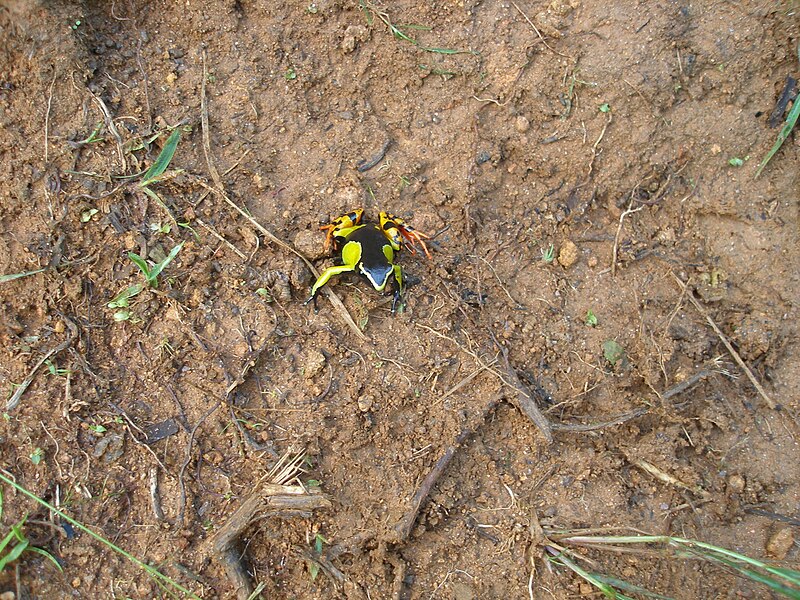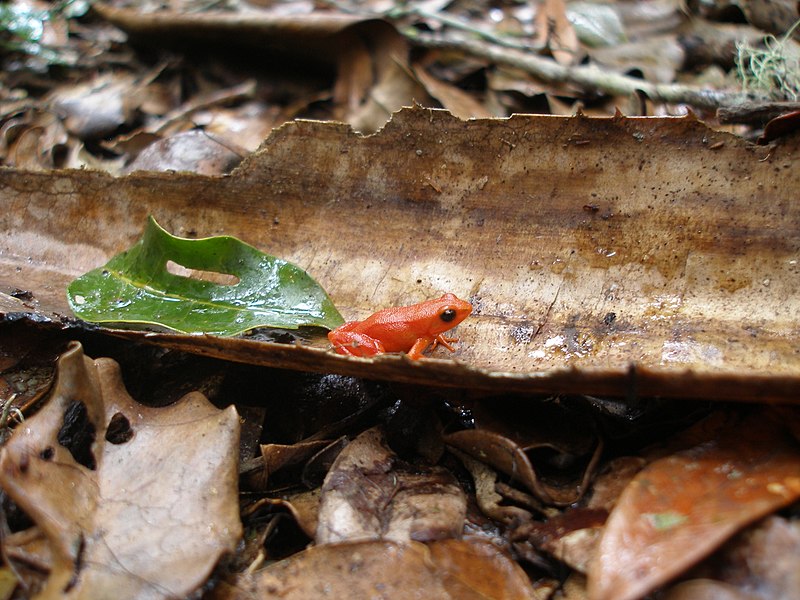 Genetic research has revealed that a fairly well-studied frog has been hiding an astonishing secret – pairs form lifelong pair bonds and remain faithful to one another. Equally surprising is the fact that pool size alone (and not morality!) seems responsible for the fidelity shown by Mimic Poison Frog (Ranitomeya imitator) couples. These findings, to be published in an upcoming issue of The American Naturalist, illustrate the second “first” for this species (please see below). Read More »
Genetic research has revealed that a fairly well-studied frog has been hiding an astonishing secret – pairs form lifelong pair bonds and remain faithful to one another. Equally surprising is the fact that pool size alone (and not morality!) seems responsible for the fidelity shown by Mimic Poison Frog (Ranitomeya imitator) couples. These findings, to be published in an upcoming issue of The American Naturalist, illustrate the second “first” for this species (please see below). Read More »
Tag Archives: mantellas
Feed SubscriptionThe Mantellas – Madagascar’s Answer to the Dendrobatids (Poison Frogs)

Range and Diversity
Mantellas are found only on Madagascar, off the southeast coast of Africa, and are unique enough to warrant their own family, Mantellidae. Sixteen species have been described thus far, but that number will almost certainly increase as the group is studied more closely. Nearly all are exceptionally colorful – more so than the better known Poison Frogs (Dendrobates spp.) in many cases.
Similarities to Poison Frogs
Both Mantellas and Poison Frogs are small, brightly-colored, diurnal (active by day), and usually make little attempt to conceal themselves. All forage on land or in trees, are protected by virulent skin toxins, exhibit complex breeding behaviors, and lay eggs in on land.

Tadpole development has been little studied; those which have been researched hatch in 2-7 days and wriggle or are washed by rain to temporary pools and brooks. They feed upon algae and decaying plants and animals, and transform into frogs in 6-8 weeks. Sexual maturity is attained in 12-14 months.
Mantellas in the Terrarium
Mantellas may be kept in much the same manner as most poison frogs but, being even smaller, they are a bit harder to feed. A source of springtails, fruit flies and pinhead crickets is a must.
Despite their diminutive statures, Mantellas are efficient predators with quite large appetites – a 1.8 inch long Bronze Mantella (Mantella betsilio) was observed to consume 53 ants in just 30 minutes!
Further Reading
A review of the status of the various mantellas and the CITES proposal for their protection is posted here.
 That Reptile Blog – Reptile, Amphibian and Exotic Pet Care and Information
That Reptile Blog – Reptile, Amphibian and Exotic Pet Care and Information
